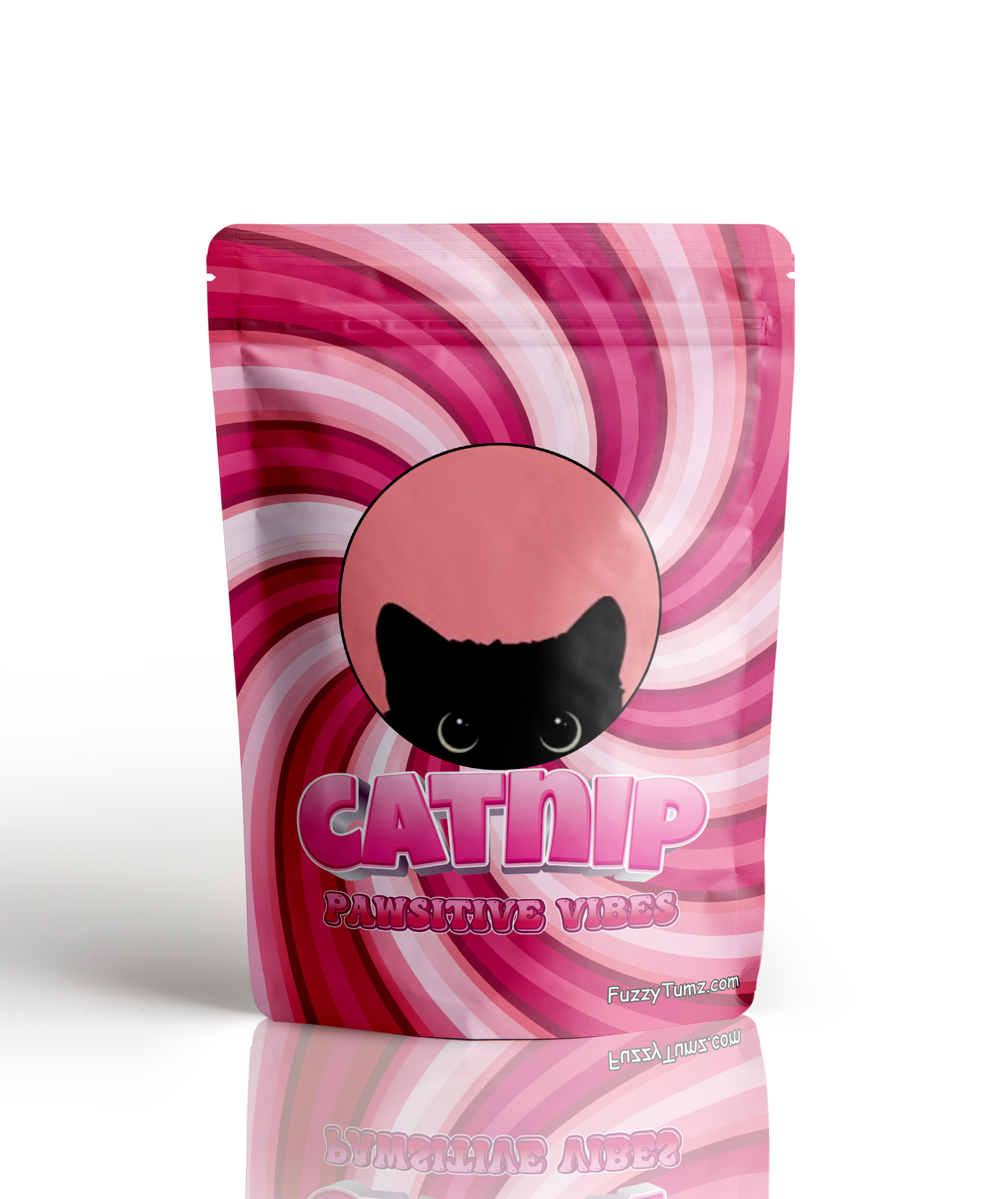Home » Cat Plants » The Dangers of the False Bittersweet Plant to Cats

The False Bittersweet (Celastrus scandens), also known as American Bittersweet, Climbing Bittersweet, or Waxwork, is a deciduous woody vine native to eastern North America. While not typically associated with allergies in cats, this plant contains toxic compounds that can cause serious health issues if ingested.
The False Bittersweet is commonly found in woodlands, thickets, and along fences or walls where it can climb using its twining stems.
Ingestion may cause mild gastrointestinal upset, but is generally not life-threatening.
Ingestion can result in mild symptoms like vomiting, diarrhea, or drooling. Rarely fatal but may require veterinary care.
Eating these plants can lead to more pronounced symptoms like abdominal pain, lethargy, or difficulty breathing. Veterinary intervention may be necessary.
Ingesting even small amounts can cause severe symptoms like organ damage, seizures, or cardiac failure without rapid treatment.
All parts of these plants are extremely poisonous to cats and can quickly lead to death, even with immediate veterinary care.
** Please note: Please note that toxicity level can vary based on the amount ingested and the specific cat. It's always best to keep these plants completely inaccessible to cats and seek immediate veterinary care or call the poison hotline if you suspect your cat has ingested any part of a toxic plant.
If a cat ingests any part of the False Bittersweet plant, it may experience various symptoms due to the toxic plant compounds present. The severity of the symptoms depends on the amount of plant material consumed. Common signs of False Bittersweet poisoning in cats include:
If you suspect your cat has ingested False Bittersweet, it is crucial to seek veterinary care immediately. Your veterinarian will likely perform the following steps to diagnose and treat your cat:

A: Yes, cats can be allergic to False Bittersweet. Symptoms of an allergic reaction may include itching, sneezing, and skin irritation.
A: Yes, False Bittersweet, also known as Celastrus scandens, is toxic to cats. Ingesting any part of this plant can cause symptoms such as vomiting, diarrhea, and drooling.
A: Symptoms of False Bittersweet poisoning in cats include vomiting, diarrhea, excessive drooling, and abdominal pain. Immediate veterinary care is recommended if ingestion is suspected.
A: To prevent contact, ensure that False Bittersweet is not present in your home or garden. Keep your cat indoors or monitor outdoor activities closely to avoid exposure.
A: If your cat ingests False Bittersweet, contact your veterinarian immediately. Do not induce vomiting unless instructed by a veterinary professional. Immediate medical attention is necessary.
A: False Bittersweet is more commonly found in wild areas and along roadsides rather than home gardens. However, if you do have this plant in your vicinity, it is important to ensure it is kept out of reach of cats to prevent accidental ingestion.
False Bittersweet has a long history of use by Native American tribes for medicinal purposes, such as treating venereal diseases, tuberculosis, and inducing vomiting.
The plant was introduced to Europe in the 1860s as an ornamental vine and has since been cultivated for its attractive fruit and foliage. However, due to its invasive nature and toxicity, False Bittersweet is now considered a problematic species in some areas.
Please note: The information shared in this post is for informational purposes only and should not be considered as veterinary medical advice.
